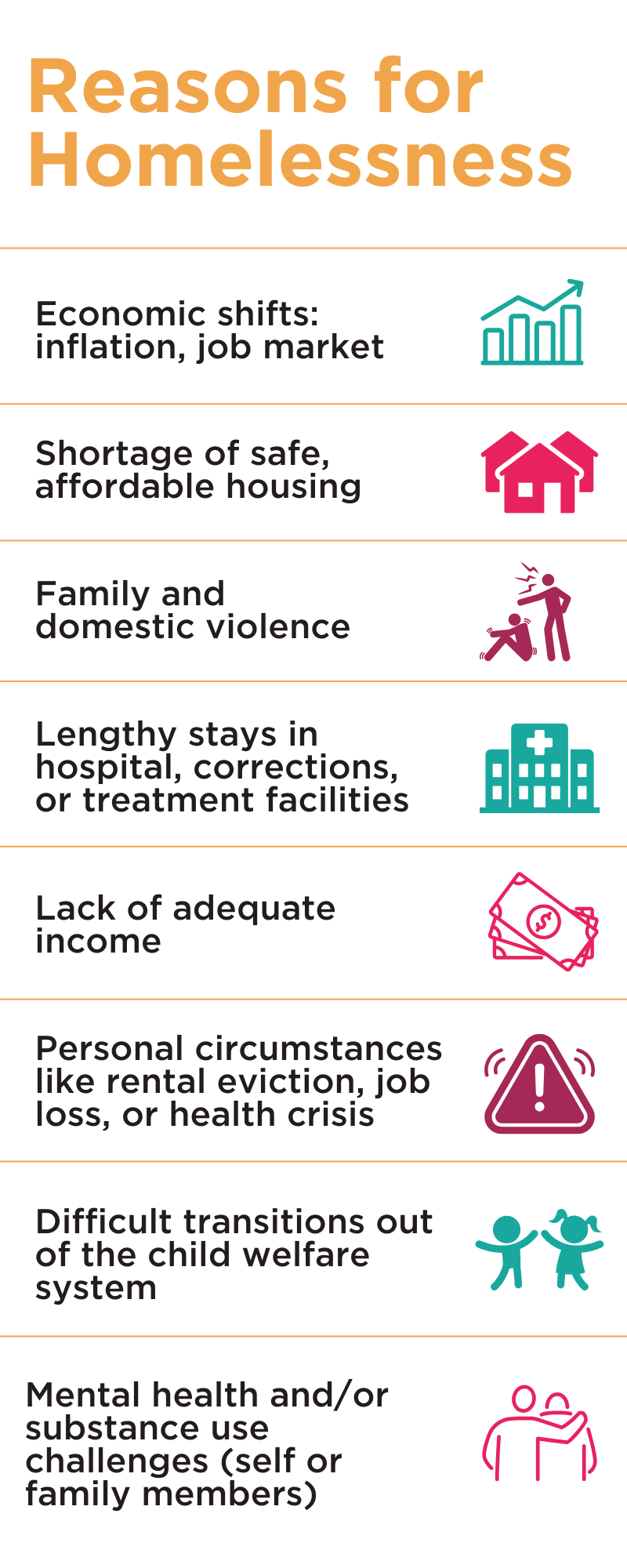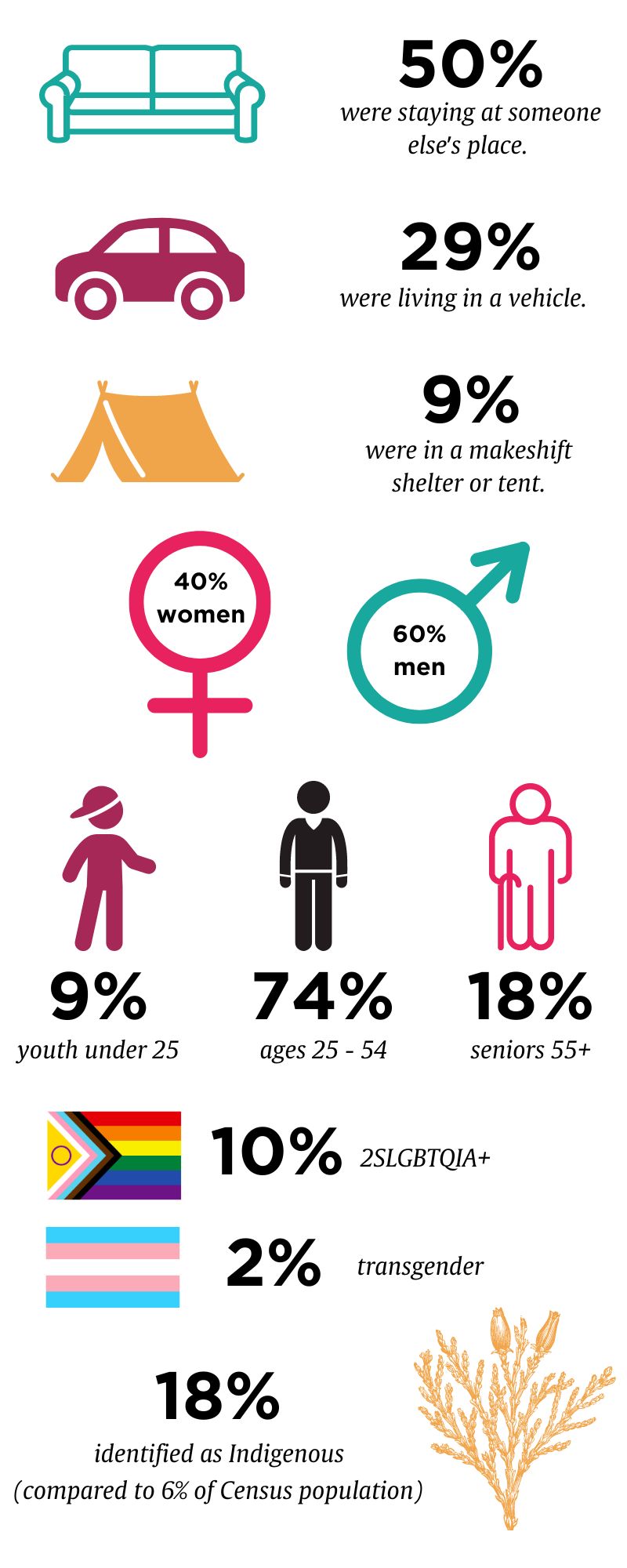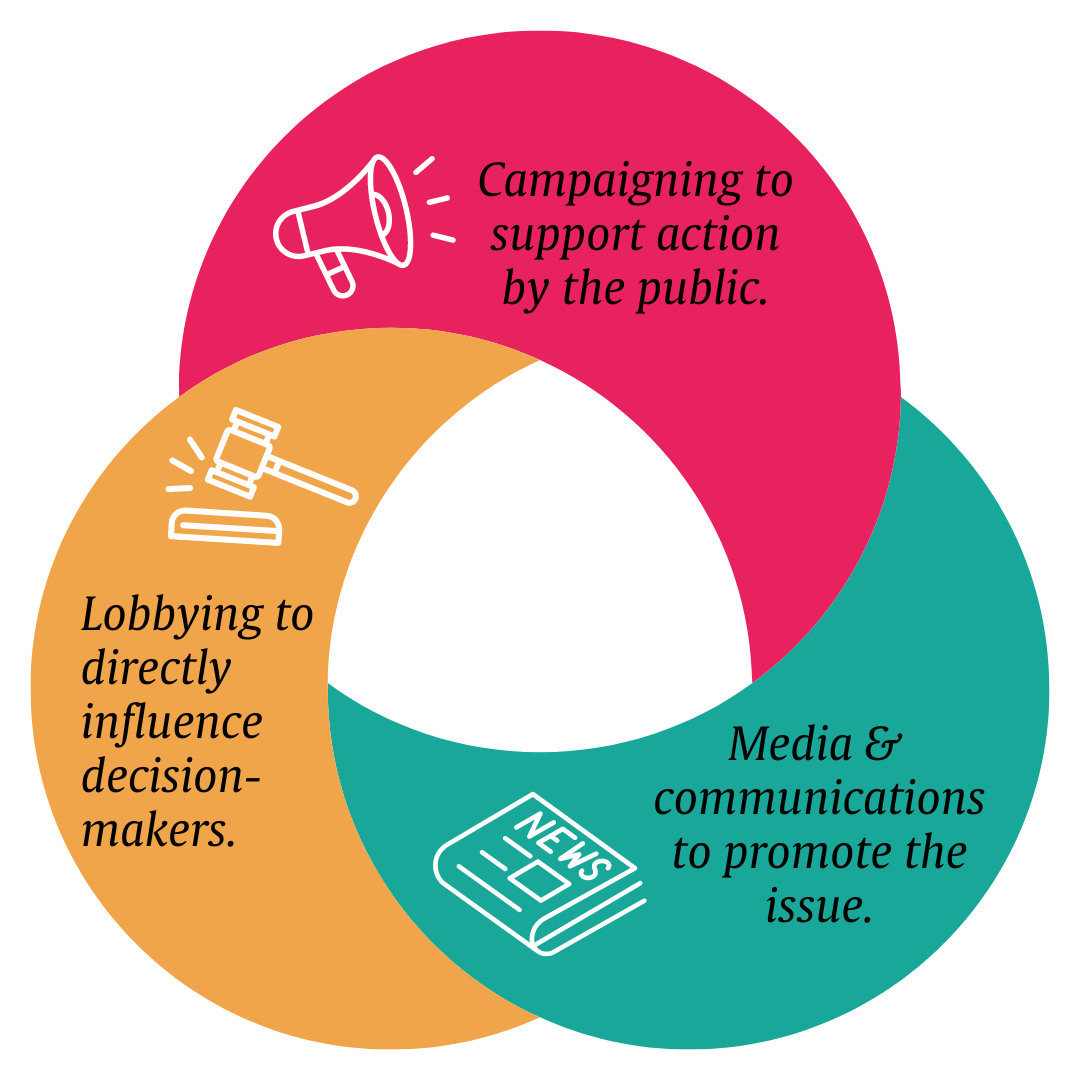1. Follow Lift Community Services on social media and share our success stories and information.
Why? Every person has a sphere of influence. If you share a story (on social media or any other way), then this can indicate to your connections that you support an issue or believe in something – like the right for all to have safe and secure housing. For someone who has never thought about homelessness, seeing/hearing you – someone they know – comment or share, might make them think about the issue a bit differently or even for the first time!
Check us out on Facebook and Instagram.
2. Write a letter to City Council.
If you believe that finding more solutions to homelessness in our community is important then let our City Councillors know. This will give them a pulse on the public sentiment when important matters related to housing are brought to Council.
Elements of a good letter:
a) Explain why you are writing
b) Explain why you care (anything personal to share? Know someone?)
c) Any stats or facts to share?
d) Explain what you are asking for
Click here for a letter template.
Here is the City of Powell River’s Mayor and Councillor Directory.
Please consider cc’ing Lift in your letter/email.
3. Write a letter to the Minister of Housing or BC Housing
See our letter template above.
Click here to learn more about the joint responsibility across all levels of government.
4. Write an article or letter to the editor for a local newspaper or magazine about homelessness
Share your own experience of being unhoused or a success story of someone who overcame homelessness. People often prefer to hear from community members (particularly those with real-life experiences) rather than those affiliated with an organization. This is known as the “third-party effect,” where neutral voices are perceived as more trustworthy and objective.
Here are some key messages about homelessness to support your writing.
Letters to the editor can be a powerful tool because they are the second most read section in a newspaper (after the first page). They are an effective way to call attention to an issue.
Try to keep your letter to under 250 words and use short paragraphs or key points when possible.
5. If you are informed, explain to a friend the realities of poverty and homelessness.
6. Show compassion. If you see someone struggling – say hello. Everyone deserves to be seen.




